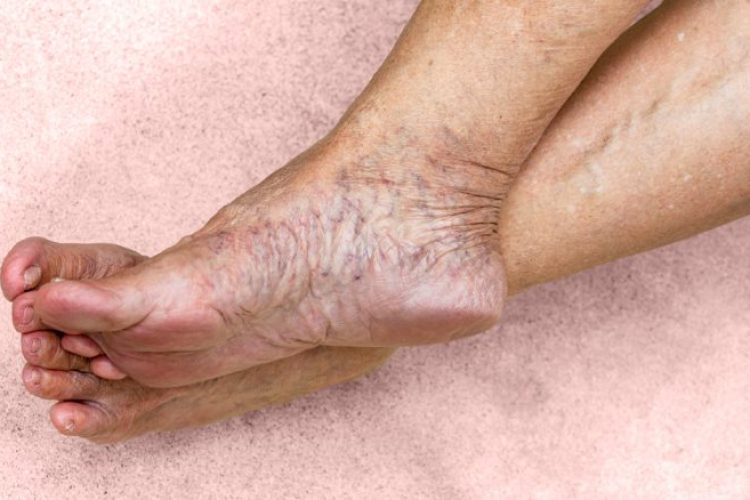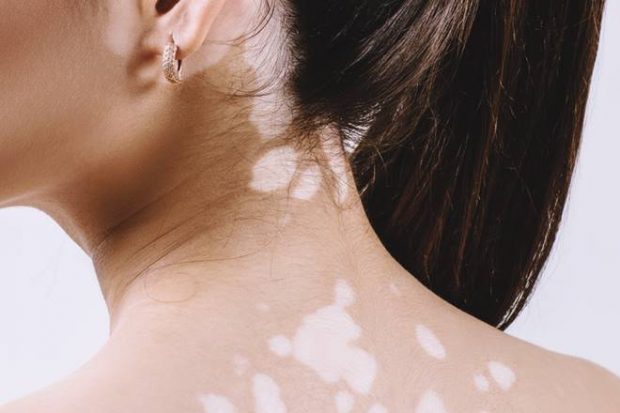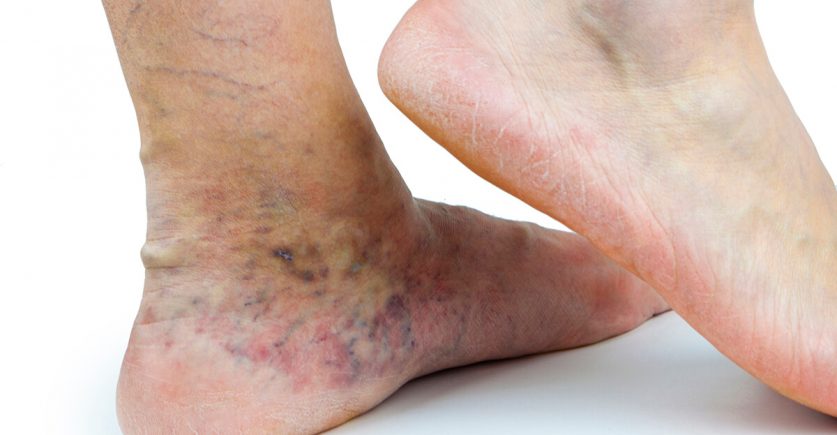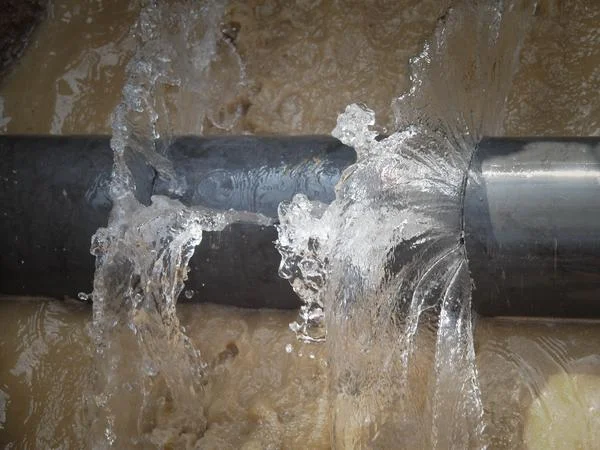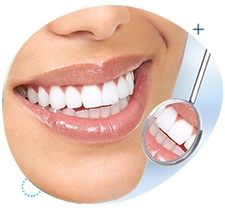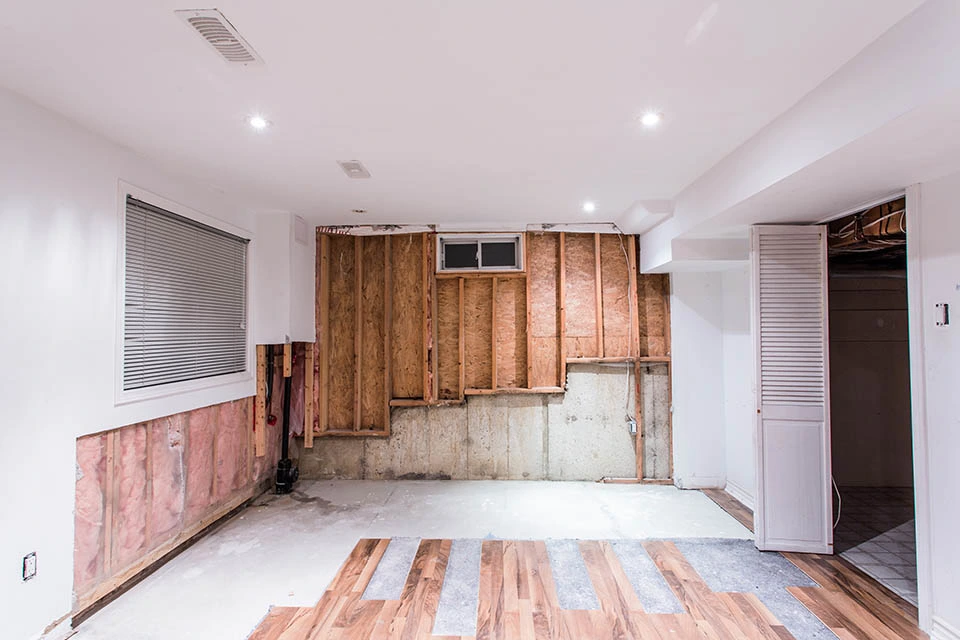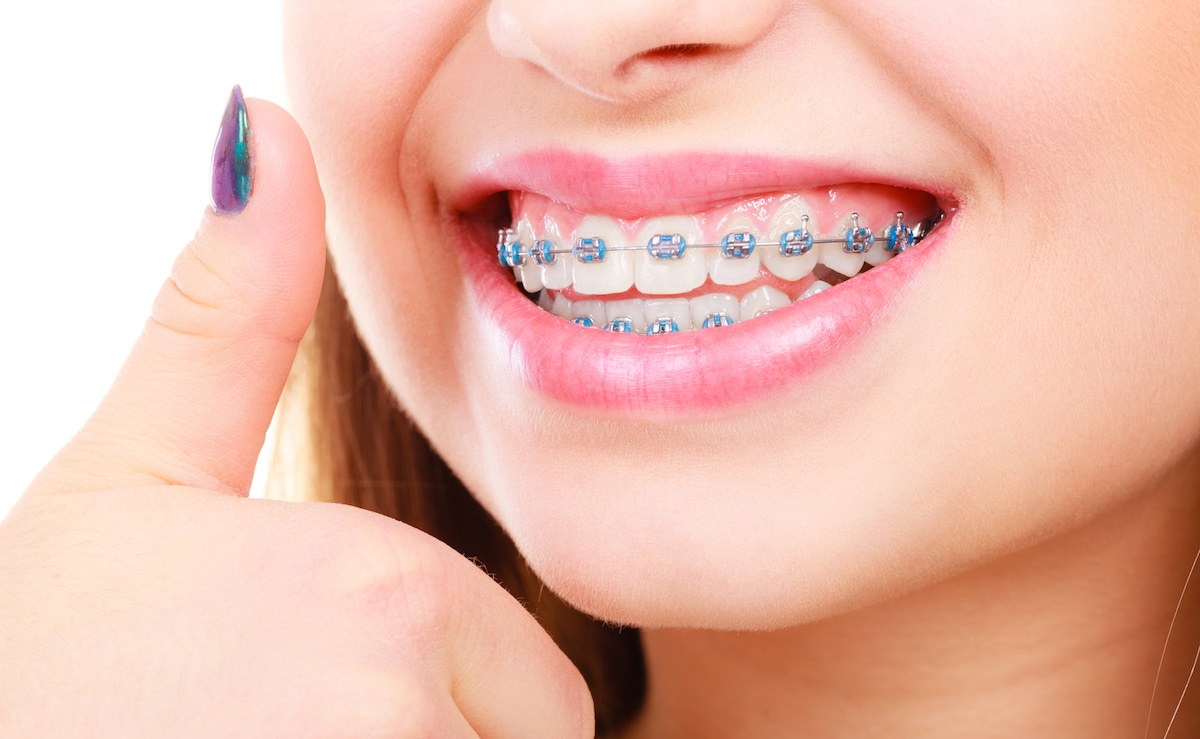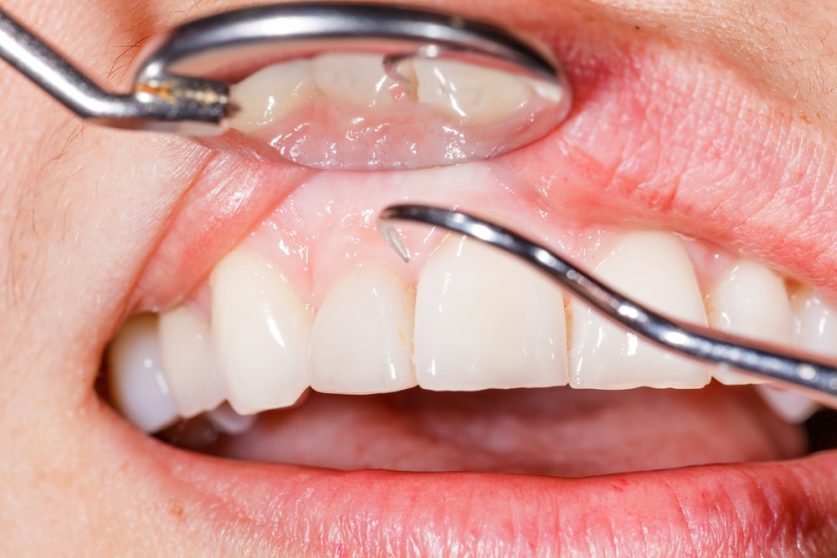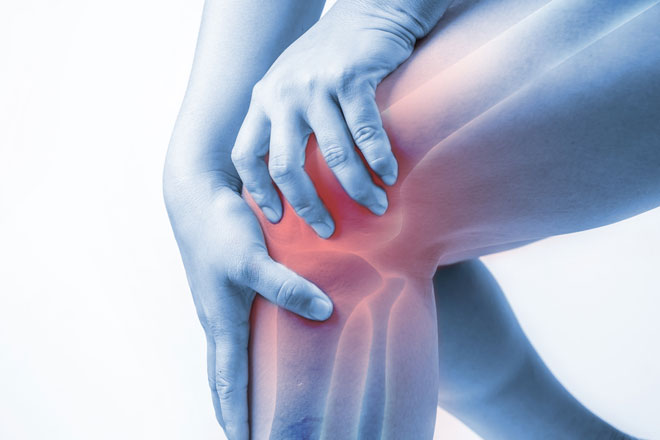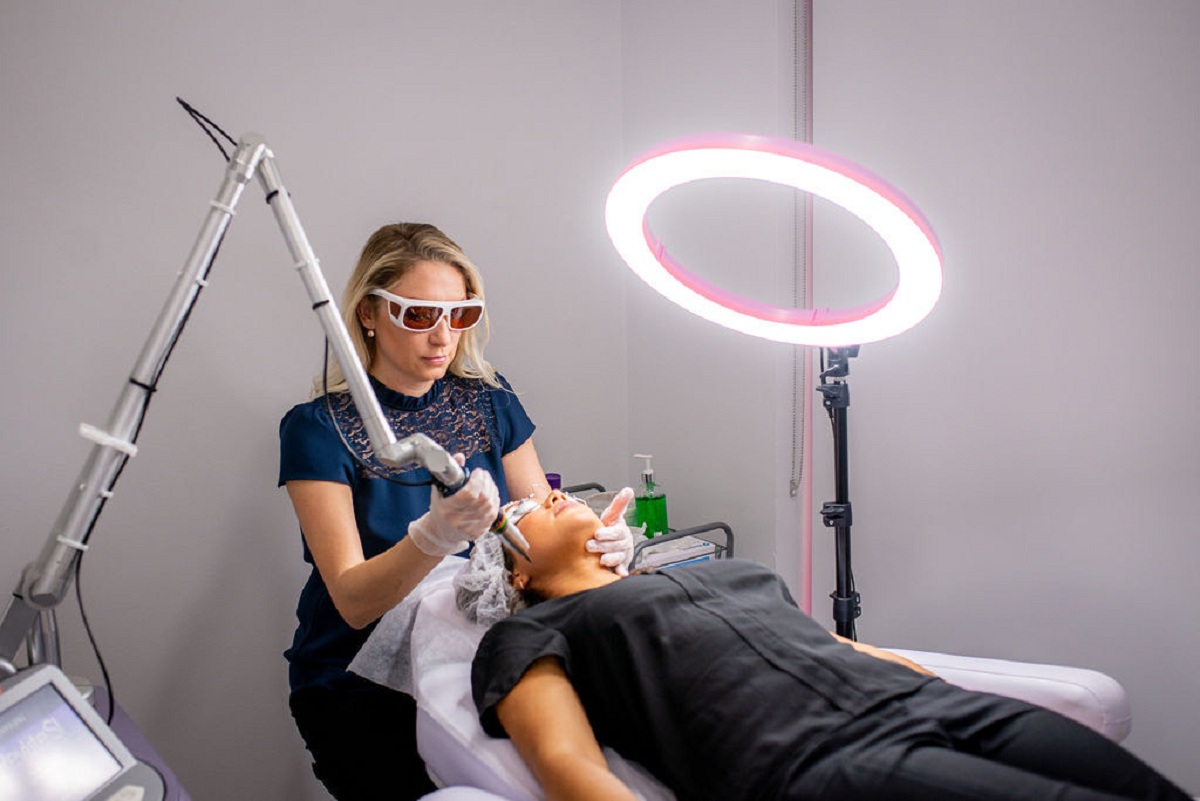What are the skin signs of venous insufficiency?
Chronic venous insufficiency appears when the veins in your leg don’t allow blood to flow back to your heart. Generally, the valves in your veins ensure that blood flows toward your heart. But when these valves don’t work sufficiently and correctly, the blood begins to flow backward. This causes blood to gather in your legs and becomes the reason for vein diseases. Venous insufficiency can influence the skin on the legs, ankles, and feet in different ways and may cause the following symptoms:
- Pain in leg, ankle, or feet.
- Red, brown, or purple skin on the impacted area.
- Irritation or inflammation on the skin.
- Skin hardening.
- A dry, painful and hard skin that can bleed.
- Ulceration or open sores
How does venous insufficiency impact the skin?
Pooling of blood in the veins and dripping of fluids eventually cause skin discoloration in the legs. Venous insufficiency can cause discoloration in the legs, and instead of blood flowing back to the heart, it begins to pool in the vein. As the blood pools in veins, the pressure causes veins inside to build and cause the veins to leak. This icky fluid troubles and inflames the surrounding tissue, which results in painful, discolored, and severe skin diseases.
Want to know what “Varicose vein specialist called?” A vascular surgeon diagnoses and treats the conditions in your arteries and veins also called blood vessels. These specialists treat various health problems, from spider and varicose veins.
Treatment may include:
- Improving the blood flow in your leg veins
Holding your legs raised high can reduce swelling and help increase blood flow in your veins. Wearing compression stockings may also help reduce pain, and regular exercise can enhance blood flow.
- Medicines
Your vein specialist may prescribe you medicines that will help increase the blood flow through the vessels, and you can use them along with compression therapy to help heal your leg ulcers. Your doctor may suggest aspirin to assist in healing ulcers.
- Sclerotherapy
Your doctor may use this treatment sclerotherapy if your vein disease is more serious. The doctor injects a chemical into the affected veins. This chemical causes scarring in the veins, so they can no longer carry blood, and the other veins carry blood to the heart. The body absorbs the scarred veins.
- Surgery
Your specialist will perform surgery only when no option is left or if the patient wants surgery. The impacted vein is bounded so that blood can no longer flow through it. If the vein or its valves are laboriously damaged, your doctor will remove that vein, which is called vein stripping.
“How Much Does Varicose Vein Treatment Cost?” there are several ways of treating vein disease depending on what treatment you will require for your vein disease, varicose vein, or spider veins.
Costs If You Have Insurance
An insurance company will usually pay for your initial consult. Some plans may require a referral from your primary doctor. During that consult, your vein doctor assesses your situation and takes notes. Your doctor may need to take pictures of your legs or the affected area to document the severity of the disease.
Your doctor will then send this data securely to your insurance company for initial approval. A medical head of the insurance company reviews the notes from your vein doctor to see if the procedure meets the medically necessary standards.
Conclusion:
Vein diseases are common and relatively easy to treat in this modern world, but if monitored at the right time. Treating vein diseases can save your well-being. Consult your vein specialist and make an appointment to treat your vein disease.


